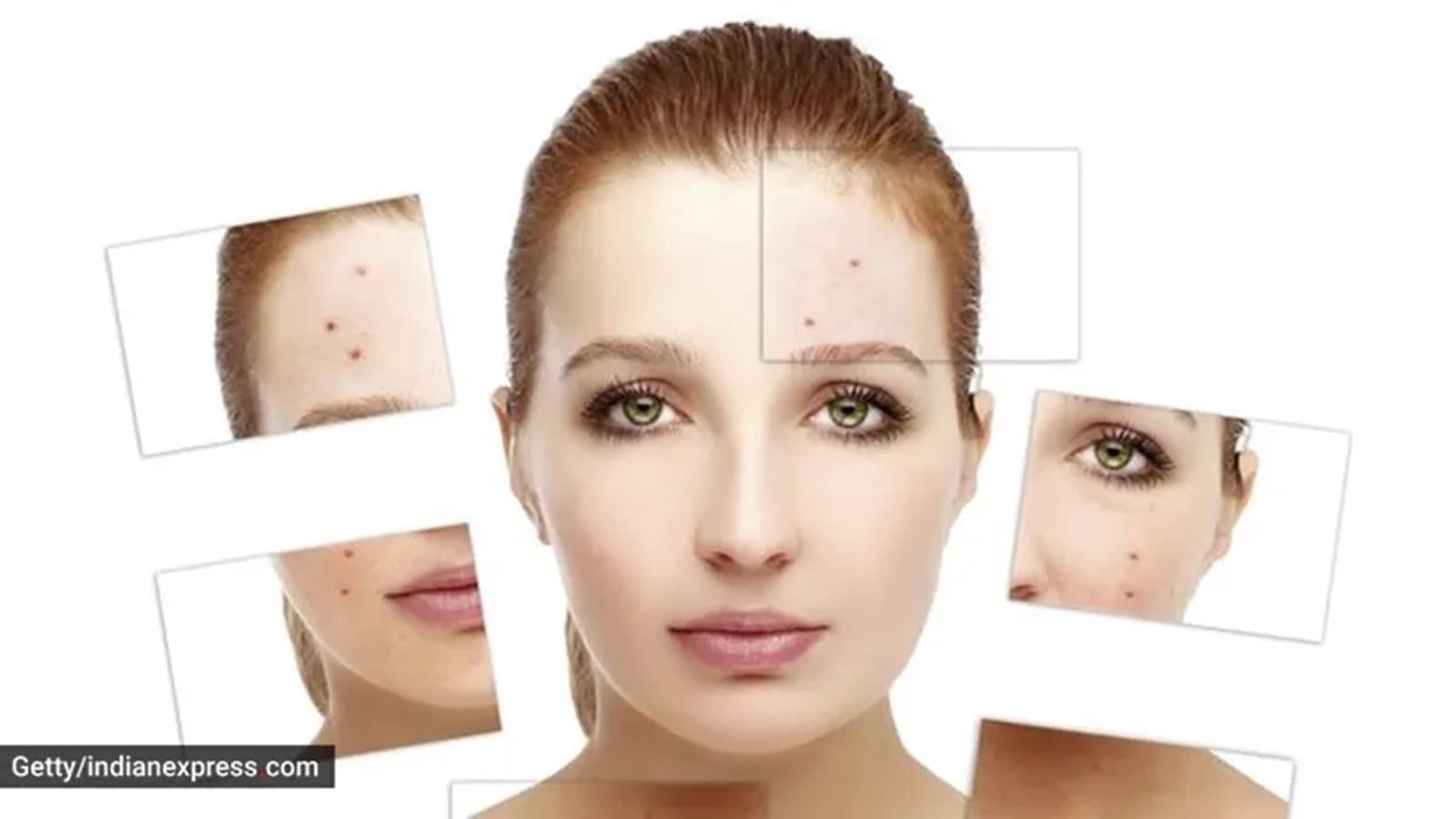📣 For more lifestyle news, click here to join our WhatsApp Channel and also follow us on Instagram
Decoded: The double-layer technique for sunscreen application, and its effectiveness
Dr Rinky Kapoor, consultant dermatologist, cosmetic dermatologist and dermato-surgeon, The Esthetic Clinics shed light on the technique
 Are you applying sunscreen riight? (Source: Pixabay)
Are you applying sunscreen riight? (Source: Pixabay)Wearing sunscreen is one of the easiest and most effective ways to protect your skin from harmful ultraviolet (UV) rays. Sunscreen can be rewarding in numerous ways and should be applied every day for better results. But have you ever tried the double-layer sunscreen technique? According to dermatologist Dr Aparajita Lamba, the double-layer technique ensures that you “apply the sunscreen correctly, in a layered way”.
“In this technique, whatever the amount of sunscreen, you are supposed to apply half as one layer, wait for five minutes, and then go for the second layer. You don’t necessarily need to apply more sunscreen. All you need to do is layer it,” said Dr Lamba, adding that it is a tan-proof technique.
Does it work?
Dr Rinky Kapoor, consultant dermatologist, cosmetic dermatologist, and dermato-surgeon, The Esthetic Clinics shed light on the technique.
She said that abiding by the technique would mean that the quantity of sunscreen that was supposed to be applied in one go, “will now be divided and used in two stages”. “Apply the first layer generously, covering all the essential areas that are directly exposed to UV rays such as the face, neck, and also behind the neck, hands, legs, and feet. Apply the second layer of sunscreen once the first layer is absorbed, which is mostly after 10 to 15 minutes,” explained Dr Kapoor.
 Do you have an issue of clogged pores? (Source: Getty Images/Thinkstock)
Do you have an issue of clogged pores? (Source: Getty Images/Thinkstock)
She said that this double-layer application “can provide maximum coverage to your skin ensuring no spots are missed and also provides a thicker barrier against harmful UV rays”.
Watch the video here.
View this post on Instagram
What to keep in mind?
Dr Kapoor cautioned that some might feel greasy or heavy due to the thicker layer of sunscreen. “Increased amounts of sunscreen may result in clogged pores, and breakouts, especially for those with sensitive, oily, and acne-prone skin. To avoid clogged pores, individuals can use non-comedogenic sunscreen for fruitful results,” shared Dr Kapoor.
For those with sensitive skin, layering your sunscreen could exacerbate existing conditions like rosacea. “For such individuals, it is instead advisable to thoroughly apply a good sunscreen, with SPF 30 and above, and reapply as needed,” said Dr Niti Gaur, board-certified dermatologist founder of Citrine Clinic, Gurgaon. “However, for those who wish to try this trend, it is advisable to consult a dermatologist, who will guide you to the appropriate products meant for your skin type and its needs,” said Dr Gaur.
📣 For more lifestyle news, click here to join our WhatsApp Channel and also follow us on Instagram

Photos





- 01
- 02
- 03
- 04
- 05





















